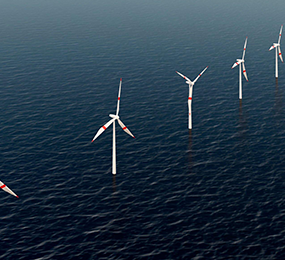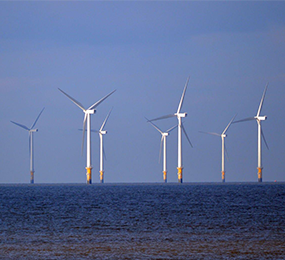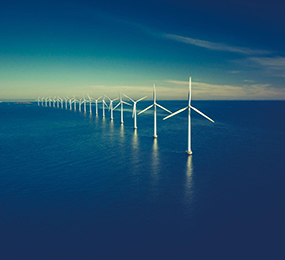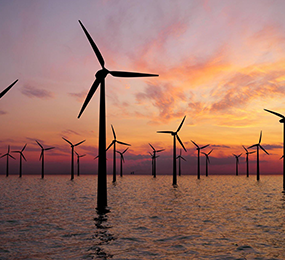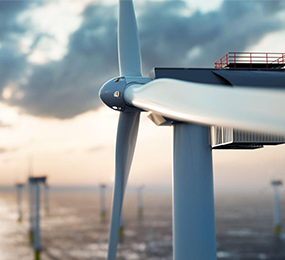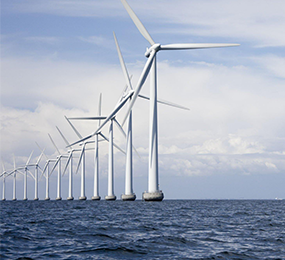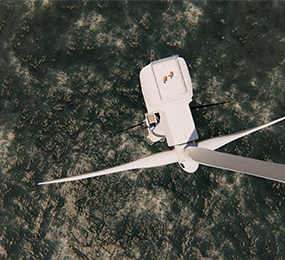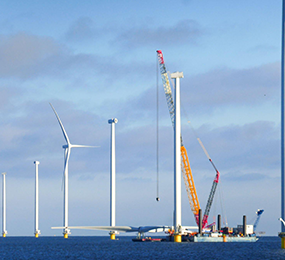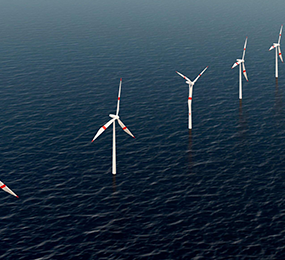The potential of floating offshore wind energy to unlock vast, untapped renewable resources is driving rapid global development. While still in its early stages compared to traditional fixed-bottom offshore wind, this innovative technology is making significant strides across the world.
Pioneering Nations Leading the Way
Countries with deep water coastlines and ambitious renewable energy targets are at the forefront of floating wind development. Scotland, with its Hywind Scotland project, was a pioneer in the industry, demonstrating the commercial viability of floating turbines. Norway, another early adopter, has several projects underway, capitalizing on its extensive offshore experience.
Europe's Growing Footprint
Europe is experiencing a surge in floating wind activity. France, with its Mediterranean Sea location, is making significant investments in this technology, aiming to become a major player. The United Kingdom, Ireland, and Portugal are also actively pursuing floating wind projects, recognizing the potential to expand their renewable energy portfolios.
Asia's Emerging Potential
The Asia-Pacific region, with its vast coastlines and growing energy demands, is emerging as a key market for floating wind. Countries like Japan, South Korea, and Taiwan are investing in research and development, with pilot projects underway. China, the world's largest wind energy market, is also exploring the potential of floating wind to complement its extensive offshore wind ambitions.
Global Collaboration and Knowledge Sharing
The development of floating wind is accelerating through international collaboration. Knowledge sharing, technology transfer, and joint ventures are fostering innovation and reducing costs. Global platforms and industry associations are facilitating the exchange of best practices and promoting the adoption of standardized approaches.
Challenges and Opportunities
While the global landscape for floating wind is promising, challenges remain. Technical advancements, cost reduction, and grid integration are key areas of focus. However, the potential benefits, including clean energy generation, job creation, and economic growth, make floating wind an increasingly attractive investment.
The global development of floating wind projects is still in its early stages, but the momentum is undeniable. As technology matures and costs decline, we can expect to see a rapid expansion of this industry, contributing significantly to the global transition to a low-carbon future.
To register or learn more about the Forum please check here: https://www.leadventgrp.com/events/5th-annual-floating-wind-europe/details
For more information and group participation, contact us: [email protected]


